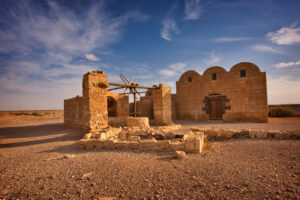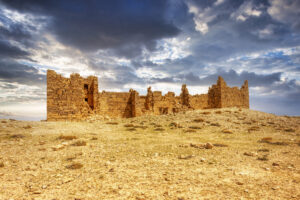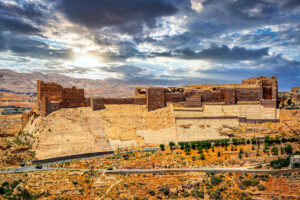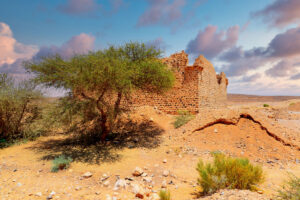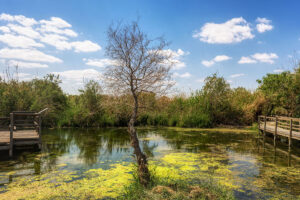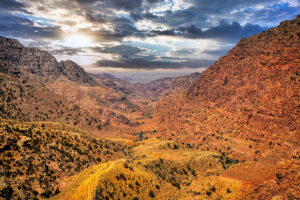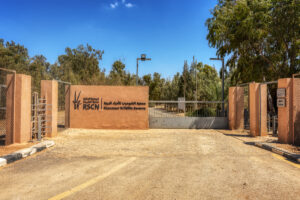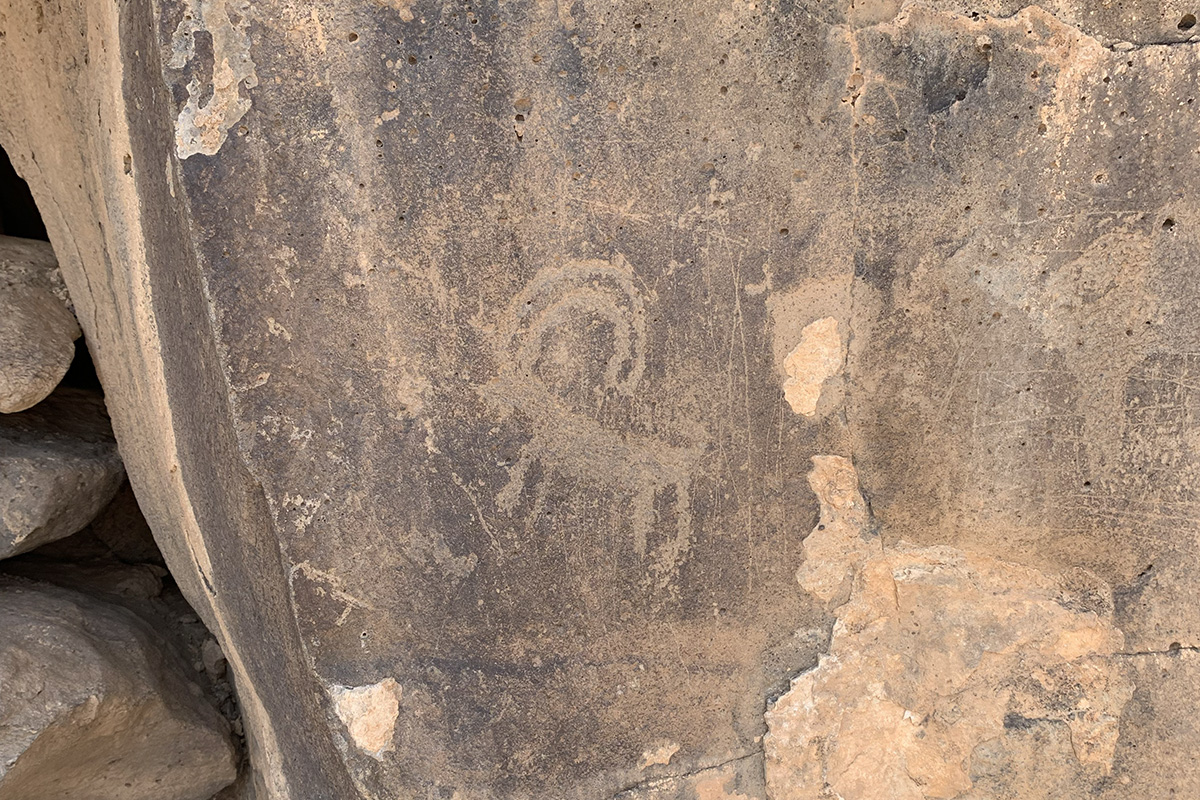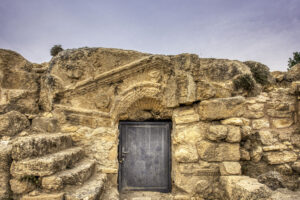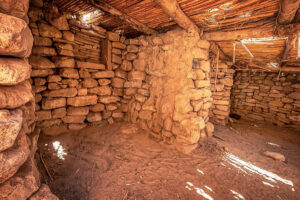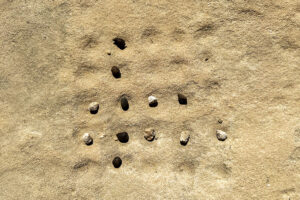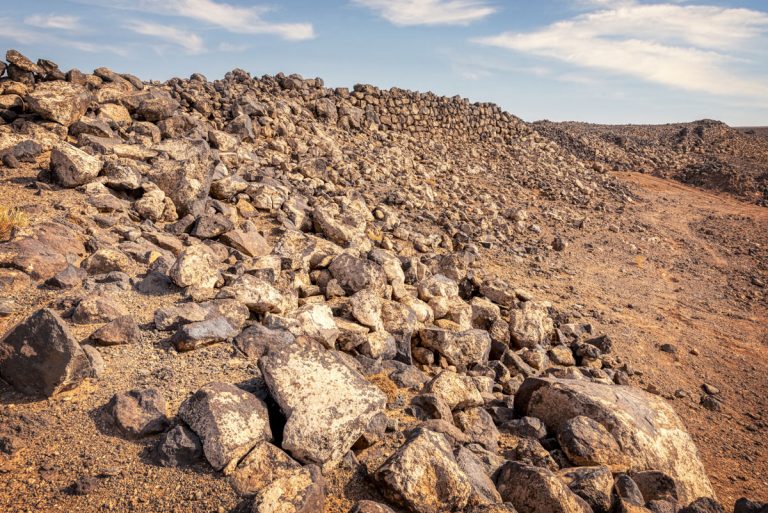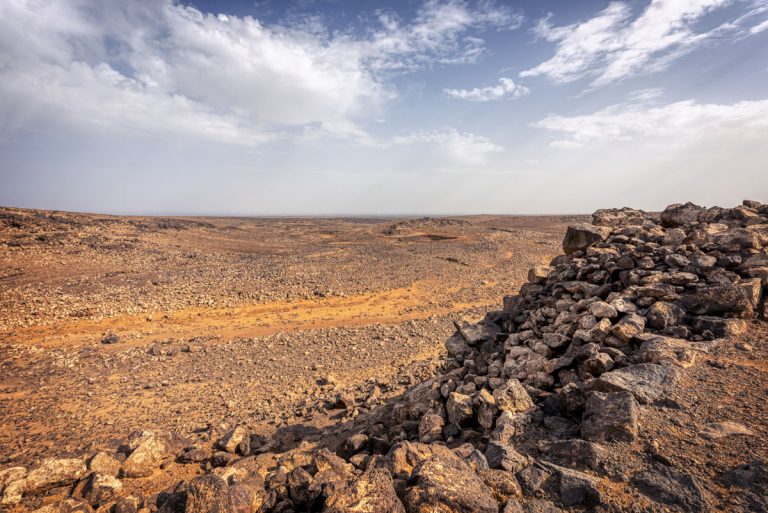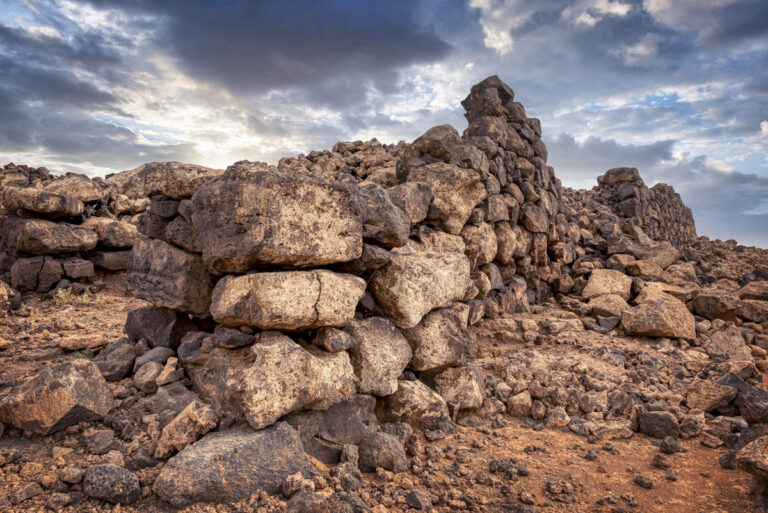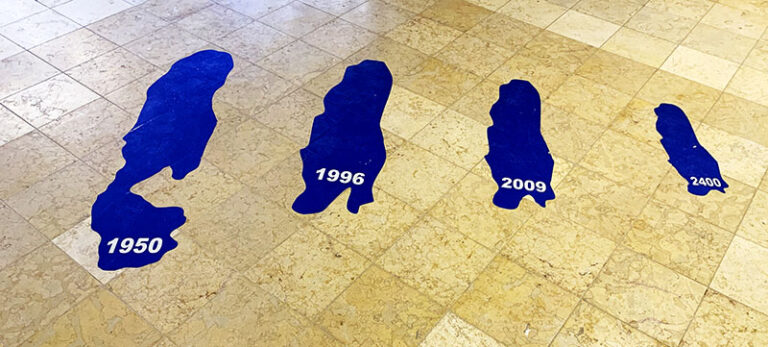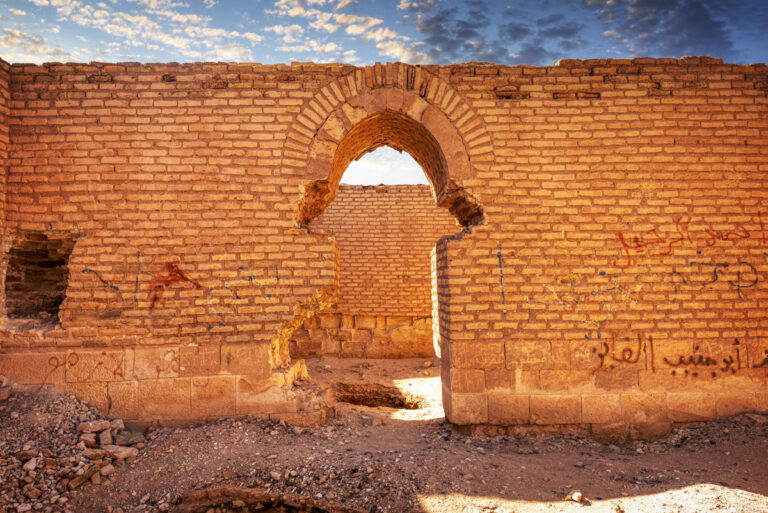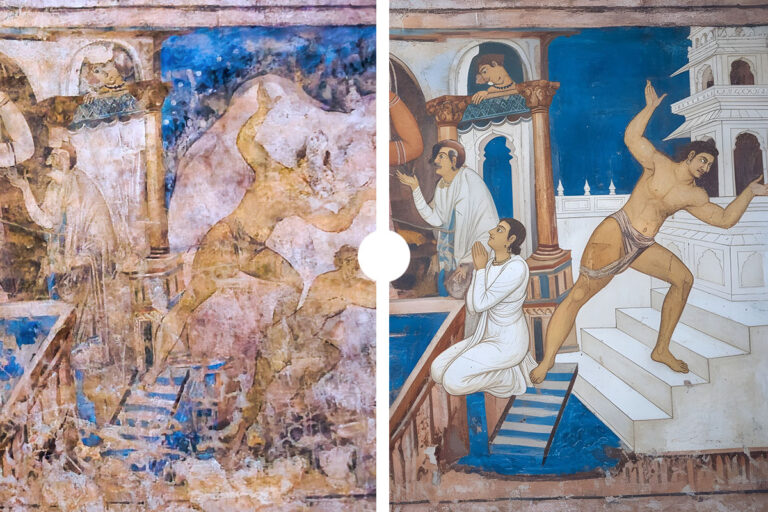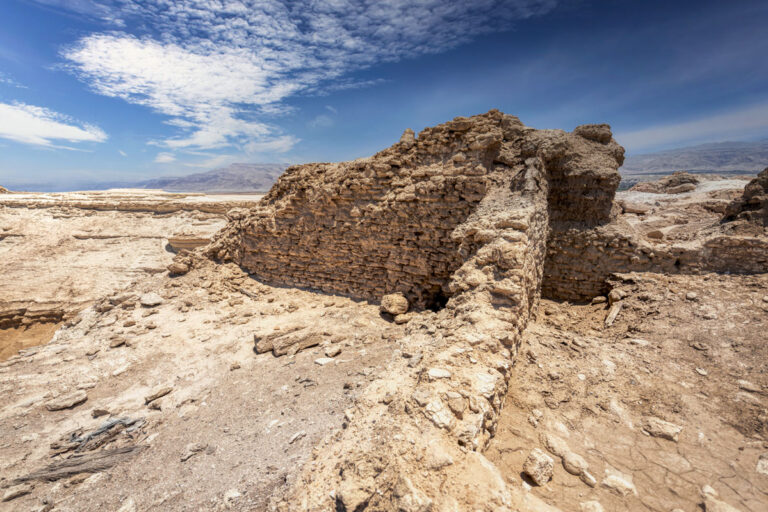Jawa, Jordan – Hidden in the black basalt landscapes of northeastern Jordan, the prehistoric site of Jawa has revealed fascinating rock art dating back to around 3,000 BC. These ancient carvings, etched into the stone by early desert communities, offer a rare glimpse into the symbolism, beliefs, and daily life of one of Jordan’s earliest civilisations.
A Window to the Past
The rock art at Jawa consists of geometric patterns, human figures, and depictions of animals, possibly representing early pastoral and hunting traditions. Archaeologists believe these carvings could have served ritualistic, communicative, or territorial purposes, shedding light on the cultural complexity of the region’s ancient inhabitants.
🔹 Animal Depictions – Camels, ibex, and other wildlife, possibly illustrating hunting scenes.
🔹 Human Figures – Stylized carvings that might represent early societal structures or spiritual beliefs.
🔹 Geometric Symbols – Patterns and markings whose meanings remain a subject of ongoing study.
Jawa: A Prehistoric Settlement in the Desert
Jawa is known as Jordan’s earliest proto-urban settlement, dating back to the Early Bronze Age. Located in a harsh, volcanic desert, its inhabitants built sophisticated water management systems and defensive walls, showcasing advanced engineering skills for their time. The newly examined rock art further deepens the historical importance of Jawa as a centre of early human activity in the region.
Preserving Jordan’s Rock Art Heritage
Experts emphasise the need to document and protect these ancient carvings from erosion and vandalism. Jordan’s vast desert landscapes are home to many such sites, and efforts continue to study and preserve this fragile cultural heritage for future generations.
🔎 Have you ever seen ancient rock art in Jordan? Share your thoughts!
#JawaJordan #RockArt #AncientJordan #Archaeology
